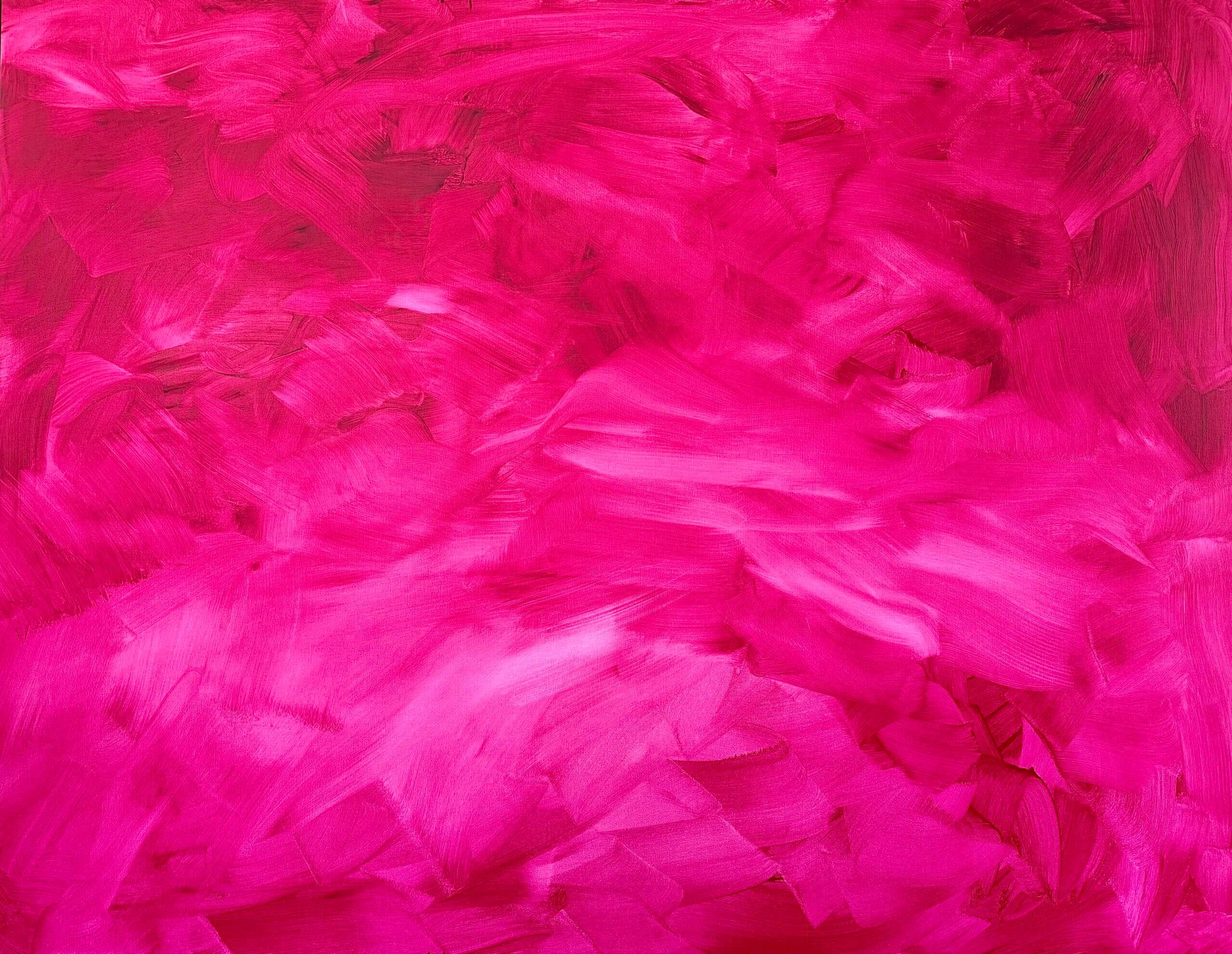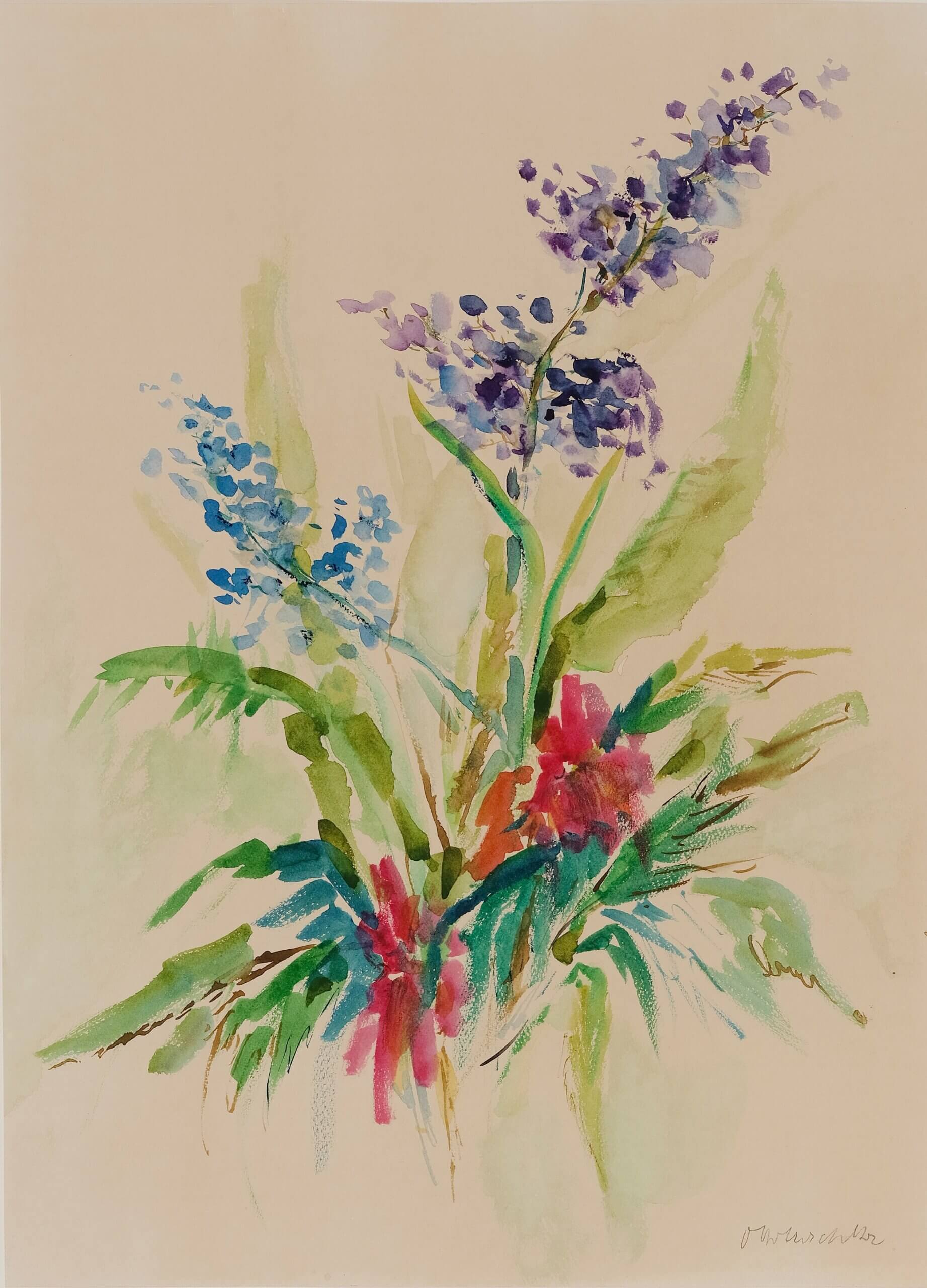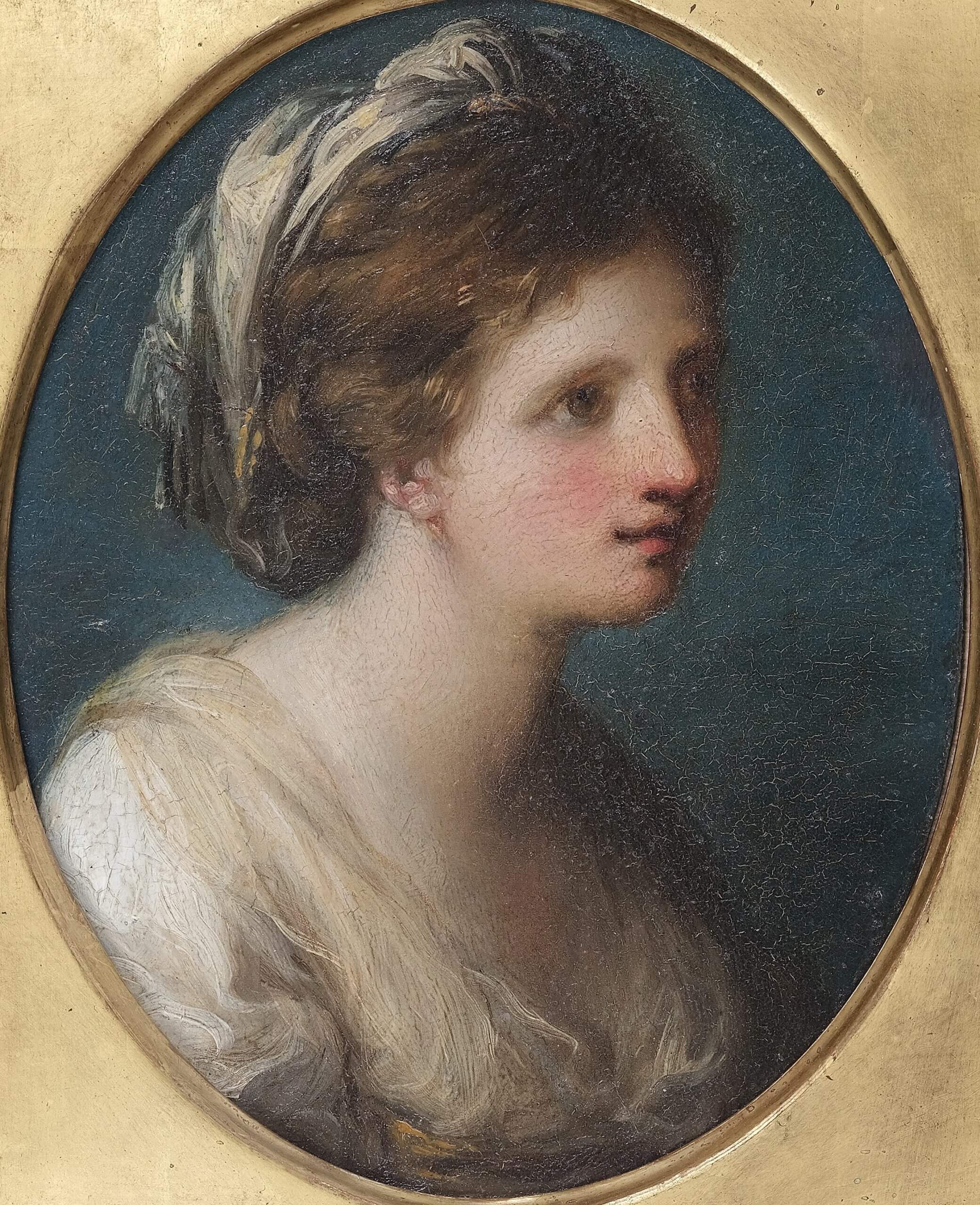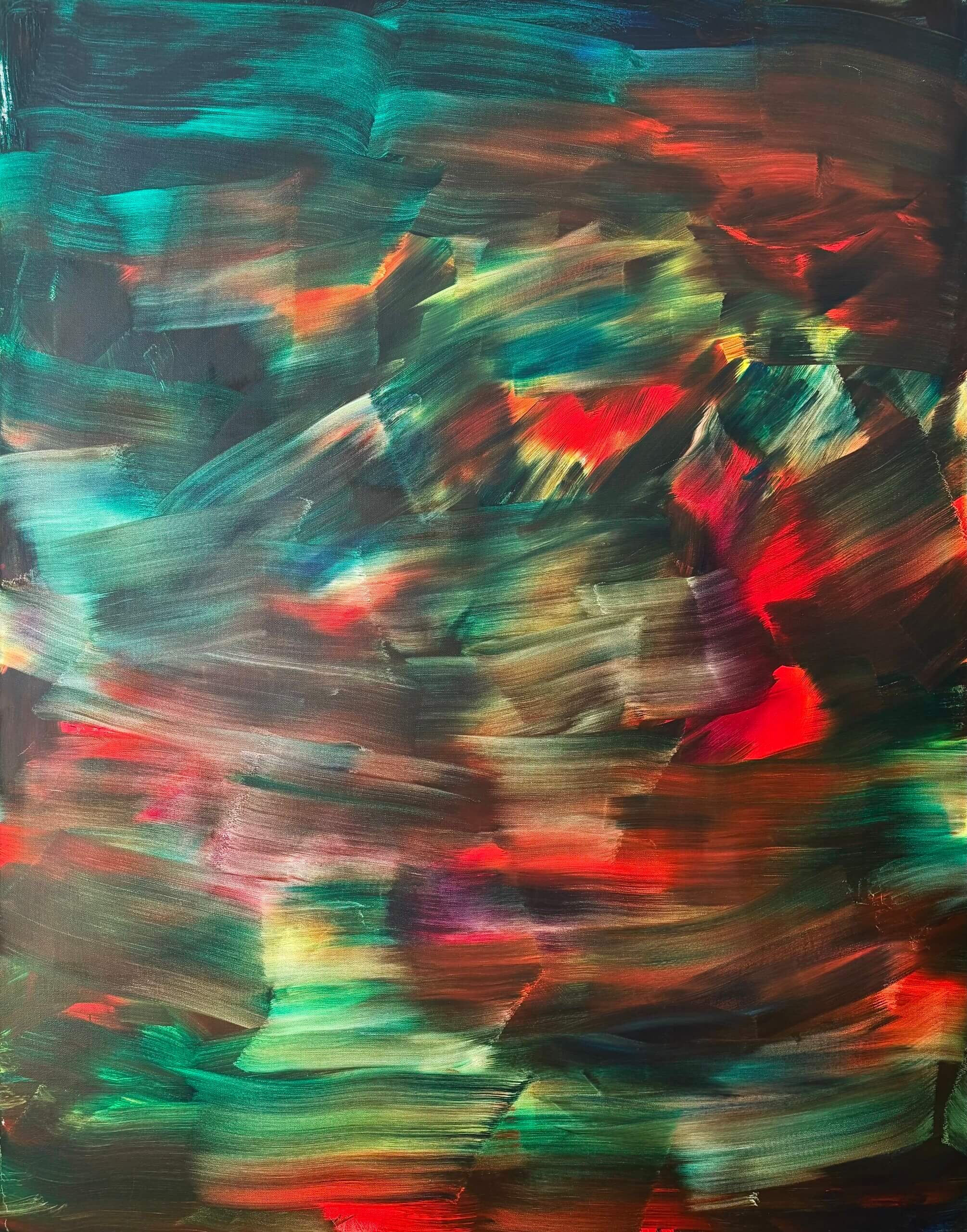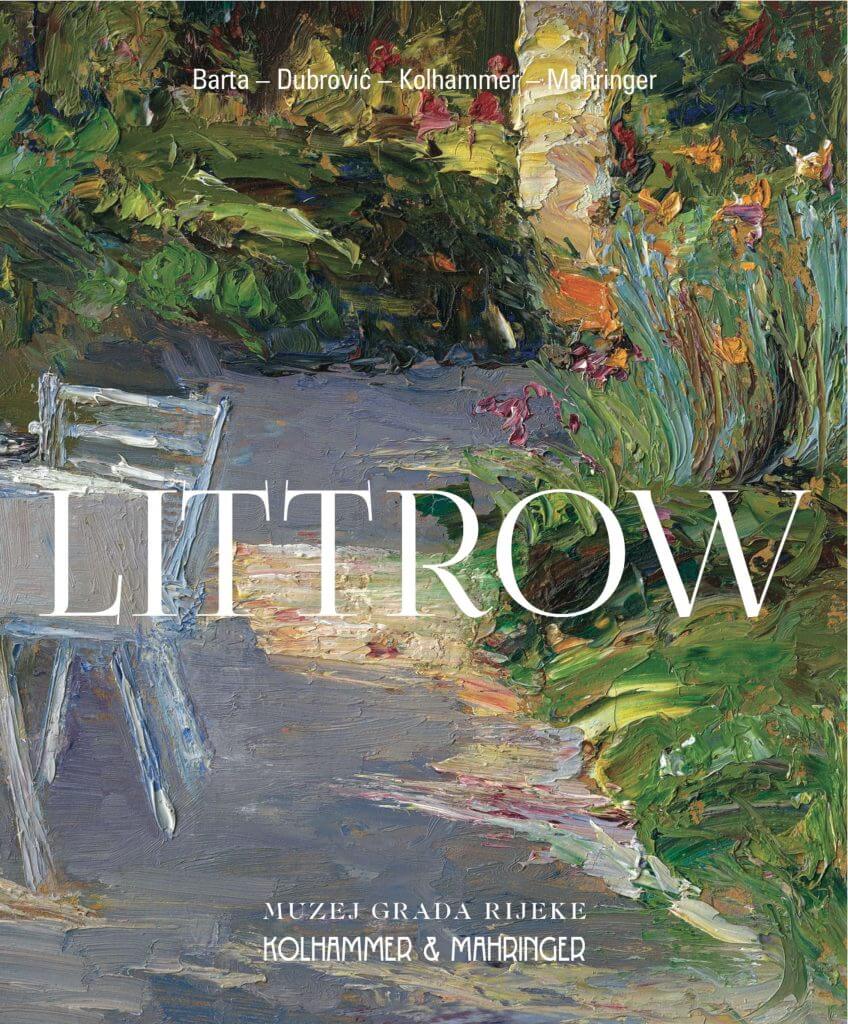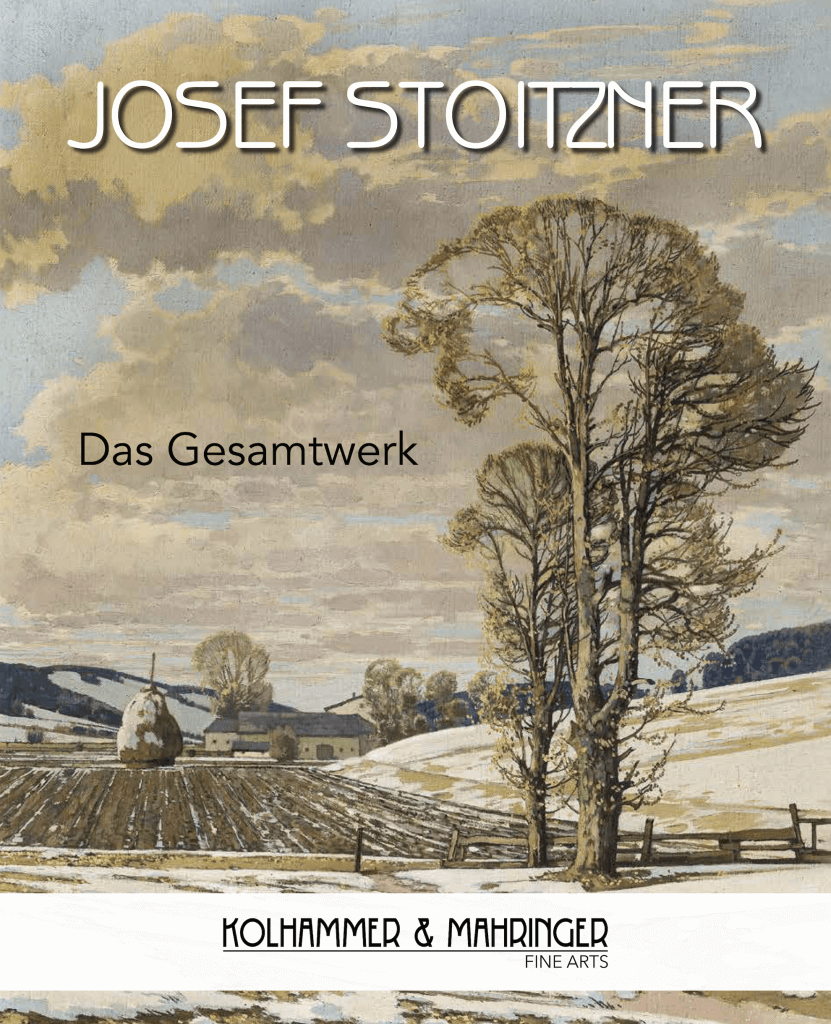Who knows if they come back"
Oscar Wilde
Outstanding Salzburg crescent moon Madonna
Master in the circle of
Michael Pacher
(mills ca. 1435 – 1498 Salzburg)
Salzburg ca. 1480
Carved limewood
Old polychrome version
Height 118 cm
This Madonna is an outstanding example of the unmistakable late Gothic style. Salzburg in particular was known for its artistic sculptures and continued to develop the flourishing tradition of religious sculpture in a significant manner during this period.
Mary stands in an upright and majestic posture, presenting the infant Jesus in her right arm. She is not holding Jesus directly, but with a cloth; a gesture that emphasizes his divinity. This indirect touch also reflects the reverence that medieval artists and viewers had for the holy child. Mary wears a crown with Gothic tracery carvings that emphasize her status as Queen of Heaven. Beneath the crown, her long hair falls gracefully in waves to her waist, emphasizing her femininity and her virginal, timeless beauty. She wears a flowing, belted dress covered by a drape. The luxurious outside of the cloak is gilded and symbolizes divine light, while the inside – originally silver, now oxidized – once stood for purity. Together, these colors reflect Mary’s dual role as caring mother and royal figure of the heavenly realm.

The crescent moon
A defining element of this sculpture is the crescent moon under Mary’s feet, a highly symbolic sign that is closely associated with Marian iconography and apocalyptic visions. The face in the crescent moon refers to the Book of Revelation (12:1): “And there appeared a great sign in heaven: a woman clothed with the sun, and the moon under her feet, and on her head a crown of twelve stars.” This associates Mary with the woman of the Apocalypse, a figure of victory over darkness. Such depictions were of particular importance to the medieval public, who saw Mary not only as a loving mother, but also as a powerful advocate in the cosmic battle between good and evil. According to folklore, the face on the moon may also have a secular level of meaning, possibly capturing the likeness of the carver or a person in his workshop, thus immortalizing the creator in an otherwise divine context.

The Christ child and his mother
The Christ Child sits playfully in Mary’s right hand, his little legs crossed cheekily. His arms are outstretched: In one hand he holds an apple, identifying Christ as the new Adam, while the other hand is probably raised in a gesture of speaking or blessing, emphasizing his divine wisdom even in infancy. His face is framed by the typical Gothic curls which, together with his mischievous smile, give him a lively expression. This naturalism reflects the late Gothic ambition to lend religious figures human warmth without diminishing their divine essence.

Mary’s face embodies the Gothic ideal of feminine beauty. She has a high forehead – a feature enhanced by the fashion of the time, in which the hairline was often combed back – almond-shaped eyes under delicate, curved brows, a narrow nose and a small, closed mouth with youthful red cheeks. These features create a sense of timeless beauty and emphasize Mary’s role as a figure of purity and maternal grace.
The drapery
The drapery of Mary’s clothing is particularly elaborate and contributes to the dynamic overall effect of the composition. The inside of the cloak is visible around Mary’s waist, where the cloak forms large, voluminous bowl pleats that add depth and movement to the figure. Mary gathers part of her cloak near the center of her body, creating a cascade of complex folds and creases that convey a lively energy. At the same time, the masterful carving techniques characteristic of the period are emphasized. The underlying dress falls diagonally, drawing the viewer’s eye to her right foot, which rests directly on the crescent moon symbolizing Mary’s victory over sin and death.
Pacher's environment
Due to the popularity of the subject towards the end of the 15th century, several comparable sculptures of crescent moon Madonnas exist. Interesting here, however, is the detail of the borders meeting in front of the middle of the body, which bear a resemblance to works by Friedrich Pacher (Neustift 1435 – ca. 1508 Bruneck). For example in the “Mercy Seat between St. Mark and St. Anthony Eremita” from around 1480/90 (Belvedere Vienna, State Stables, inv. no. 4880), where the cloak of St. Mark in particular is brought together in front of the body. In the sculpture presented here, this is done more realistically, as Mary gathers the cloak with her hand. It is very likely that Friedrich Pacher was related to the important sculptor Michael Pacher and worked with him until around 1481. It is therefore possible that the master carver of this figure came from Michael’s circle, meaning that he was also familiar with Frederick’s sculptures and borrowed from them.
This Madonna reflects the unmistakable artistry of the late Gothic sculptors, who combined devotional symbolism with idealized beauty and detailed design. Mary is depicted not only as the gentle mother of Christ, but also as a majestic queen and apocalyptic victor, standing triumphantly on the crescent moon – a figure of both heavenly grace and human warmth.
Publications
LEONTINE VON LITTROW
Trieste 1856 - 1925 Abbazia
Comprehensive overview of the complete works of a “master of light” who has fallen into oblivion. The complete work is now available for purchase through our gallery.
JOSEF STOITZNER
Vienna 1884 - 1951 Bramberg im Pinzgau
Wou, dear lovers and collectors of Josef Stoitzner, the catalog raisonné of Josef Stoitzner is now available for purchase through our gallery. It contains 600 pages with over 1400 illustrations.
We buy quality paintings and sculptures and antiques of all periods (antiquity to the present).
Three generations of experience in the art trade at the highest level gives us the opportunity to acquire even significant objects at . We are a serious and discreet partner for single objects, whole collections and estates.
We are looking forward to your contact with our gallery.
Stay informed!
SUBSCRIBE TO NEWSLETTER:
Contact
SHOWROOM HIETZING
Neue-Welt-Gasse 21- 23
1130 Vienna/Austria
Mon – Fri 10.00 to 16.00
and by telephone appointment:
+43 (0) 1 512 25 58








